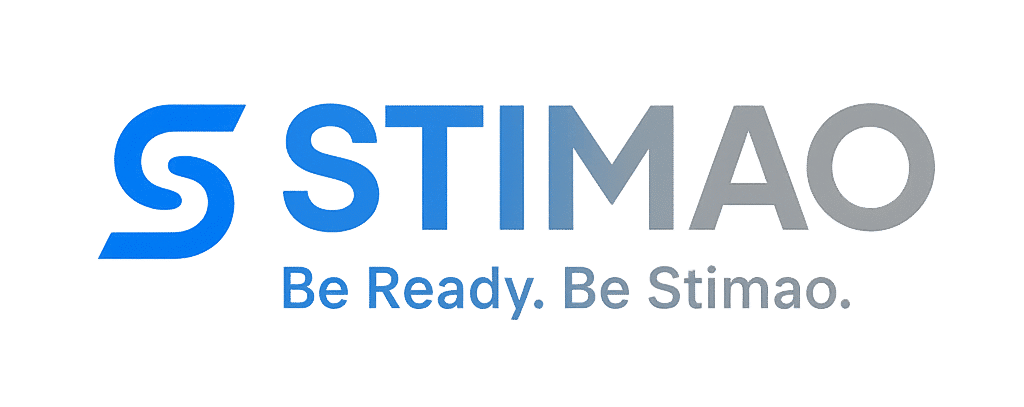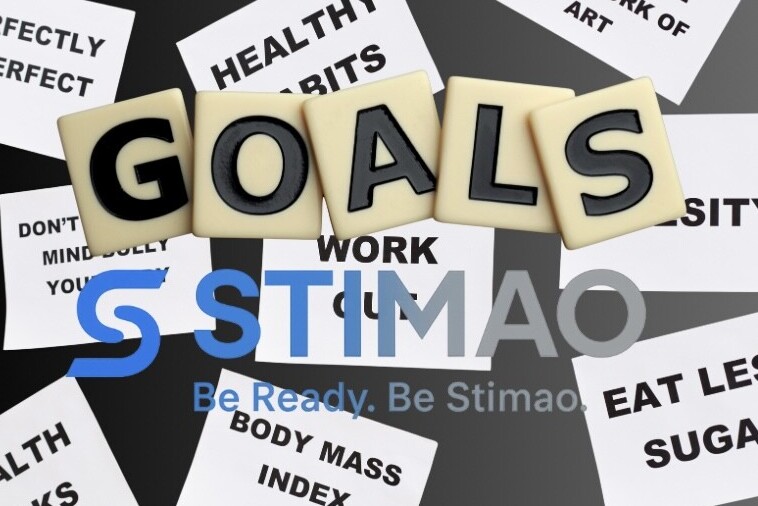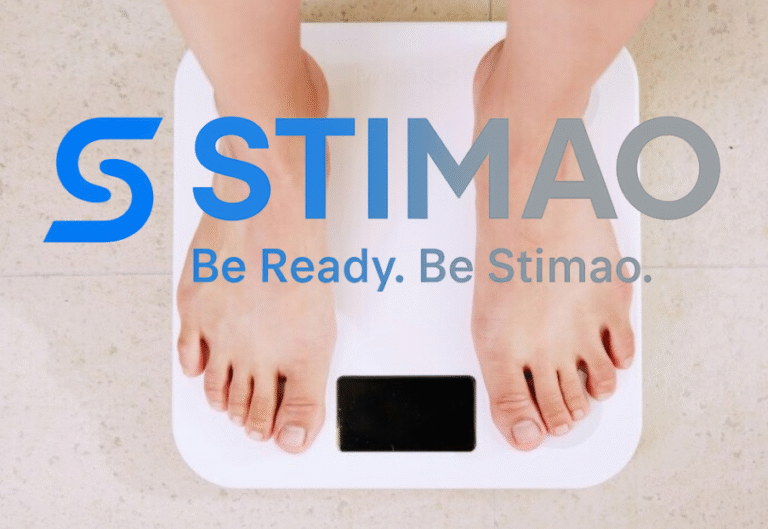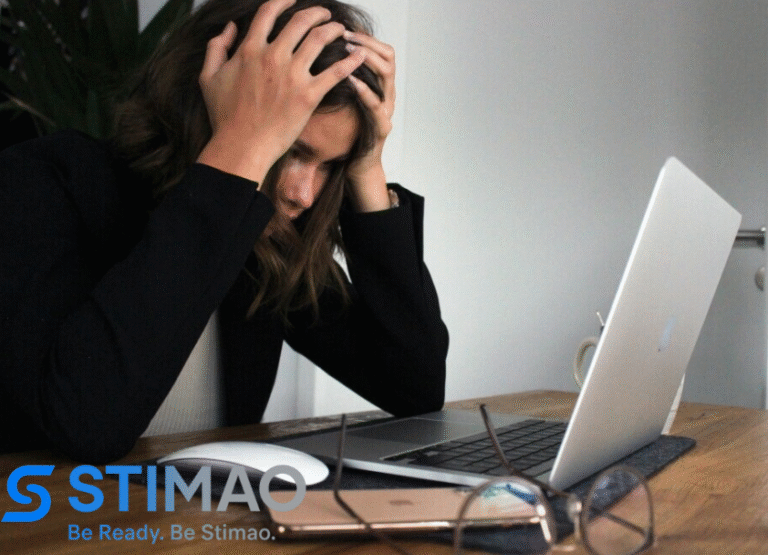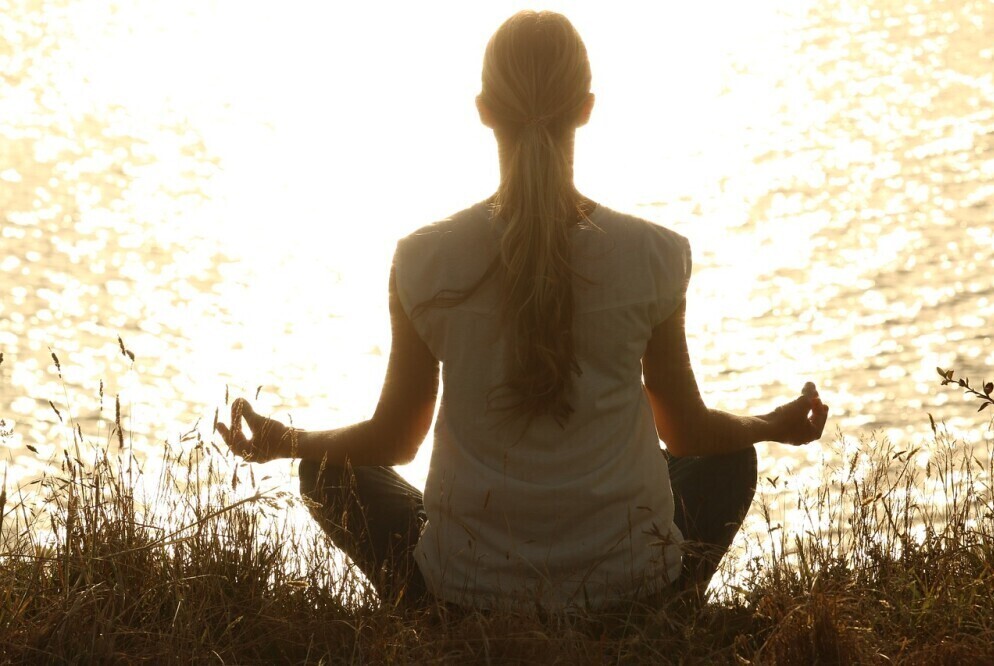
Mindfulness is like your best friend when life gets a bit overwhelming. It’s all about being in the present with full awareness, helping you tackle the racing thoughts that often come with anxiety. By focusing on the here and now, mindfulness can significantly reduce feelings of stress and anxiety.
To get rolling with mindfulness, start by finding a quiet spot where you feel comfortable. Take a deep breath in, count to four, hold for another four, and then exhale slowly. Repeat this simple breathing exercise several times. As you breathe, pay close attention to the rise and fall of your chest, allowing each breath to anchor you in the moment.
The 3-3-3 rule is a straightforward technique that helps ground you when anxiety starts to creep in. Look around and name three things you see. Next, listen and identify three sounds. Finally, move three parts of your body, like wiggling your toes, stretching your hands, or rolling your shoulders. It’s a quick way to bring your attention back to your surroundings and reduce anxious feelings.
One of the pillars of mindfulness involves the 3 R’s: Relax, Rest, and Reflect. By consciously relaxing your body and mind through practices like deep breathing or meditation, you can tap into a state of rest that encourages clarity and peace. Reflection involves observing your thoughts without judgment, allowing them to pass like clouds in the sky, which often provides insights and reduces anxiety.
Incorporating mindfulness into your routine has lasting positive impacts on your emotional health. Regular practice can lead to improved focus, reduced stress, and an overall sense of well-being. Try different mindfulness techniques to see what works best for you, and remember, it’s all about consistency.
The Mindful Framework: 5 R’s and 3 C’s Explored
There’s a structured approach to mindfulness that can make your journey even smoother. The 5 R’s of mindfulness are all about helping you manage anxiety with more strategy. Start with ‘Recognize’, where you become aware of what’s happening in your mind and body without getting caught up in it. Next, ‘Reframe’ your thoughts, shifting negative patterns towards positive alternatives. ‘Release’ lets you let go of the tension you’re holding onto, whether physically or mentally.
The fourth R, ‘Reset’, encourages you to find balance when life throws you off. ‘Revisit’ comes in as a check-in, asking you to review how you’re feeling and what might need adjusting. These five steps help create a loop of mindfulness that integrates seamlessly into daily life, providing ongoing relief from anxiety.
The 3 C’s of mindfulness—Curiosity, Compassion, and Centering—are complementary tools you can use to deepen your practice. Curiosity asks you to approach your thoughts and feelings with openness. Instead of judging or resisting emotions, get curious about them. Compassion nudges you to be kind to yourself during challenging times, understanding that it’s okay to struggle. Centering means finding your calm spot amidst the chaos, grounding yourself in reality without letting distractions take over.
When you bring together the 5 R’s and the 3 C’s, you form a mindful framework that builds resilience against anxiety. This holistic approach focuses on continuous growth and understanding, paving the way for a calmer and more grounded way of living. Try out these techniques and tweaks to discover which resonates most with your lifestyle.
Blend these practices into your daily routine, experimenting with and adapting them to fit what feels right for you. With time and effort, you’ll find that they not only help reduce anxiety but enhance overall well-being.
